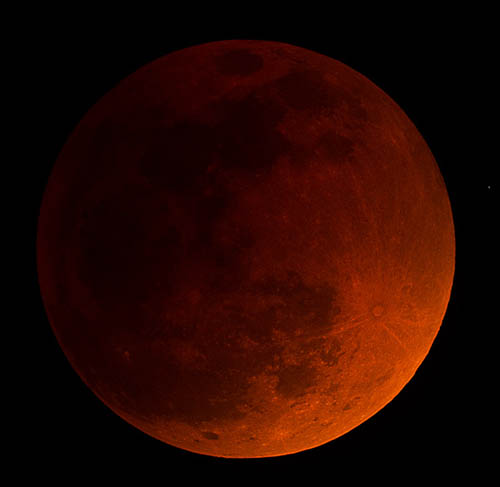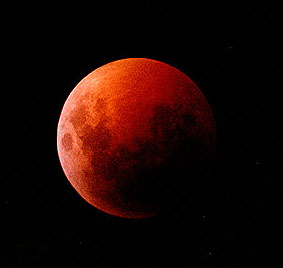WAITING FOR THE
SHADOW
SOLAR AND LUNAR ECLIPSE OBSERVING |
|
|
|
|
|
|
|
|
|
 |
Total lunar eclipse on October 8th, 2014 Joe Cali
On Wednesday October 8th, a total lunar eclipse will be visible across Australia during the first half of the night. A lunar eclipse occurs at some full moons when the Moon passes through the Earth's orbital plane at full moon. The Earth's shadow is cast a long way out into space. When the Moon passes through this shadow, we see a lunar eclipse. A lunar eclipse is perfectly safe to watch. There is no danger to your eyes.  At full moon, the Moon rises as the sun sets. |






| Event | Shutter Speed | Aperture |
| Full Moon Penumbral Eclipse Moon 1/4 eclipsed Moon 1/2 eclipsed Moon 3/4 eclipsed Small crescent Totality Totality Totality(ISO800) |
1/1000 1/500 1/250 1/125 1/60 1/8 1s-15s* 1/4-4s* 1/15-1s |
f8 f8 f8 f8 f8 f8 f8 f4 f4 |